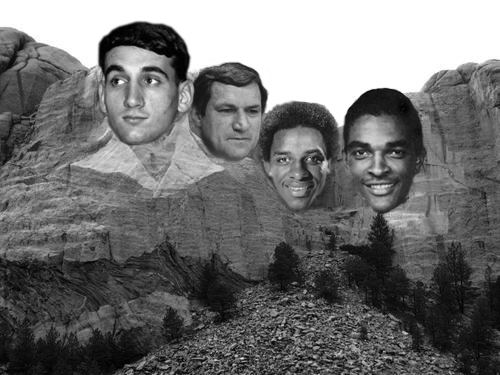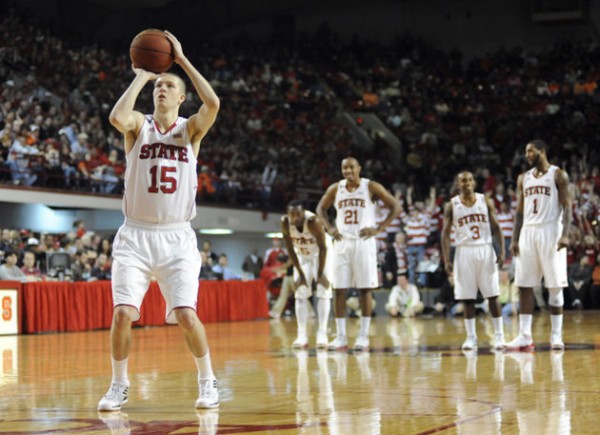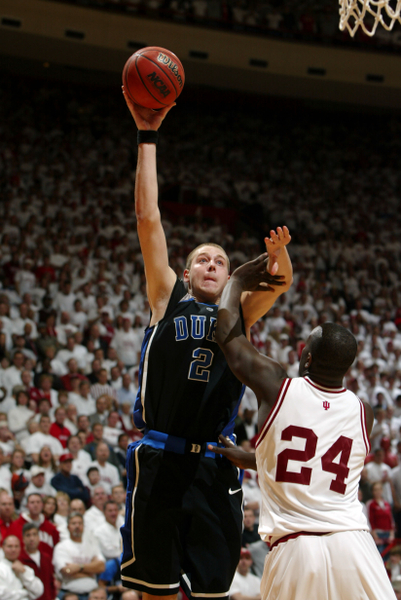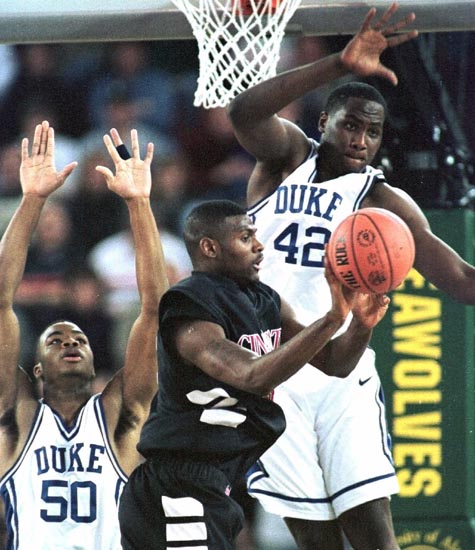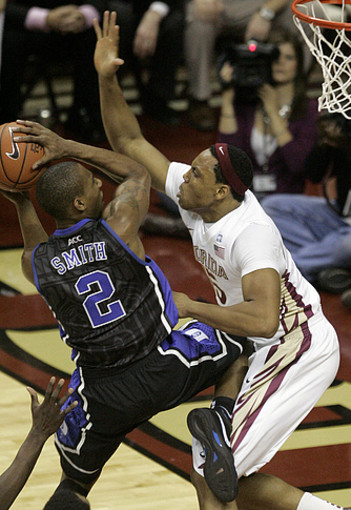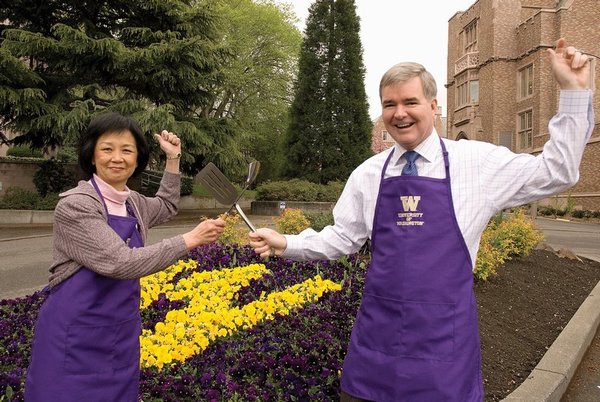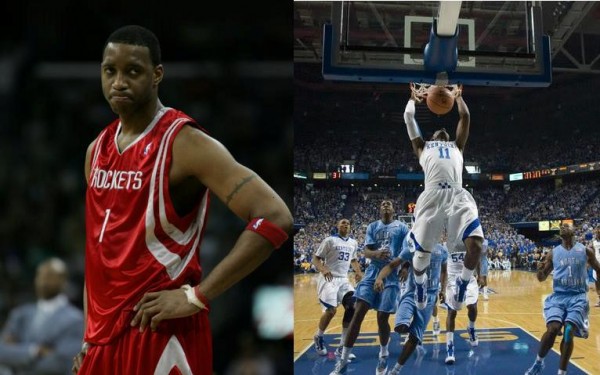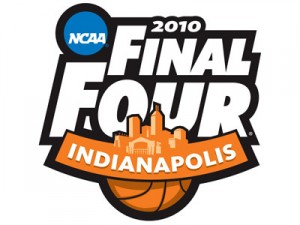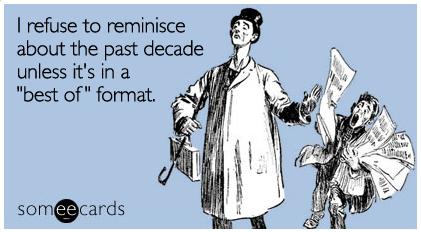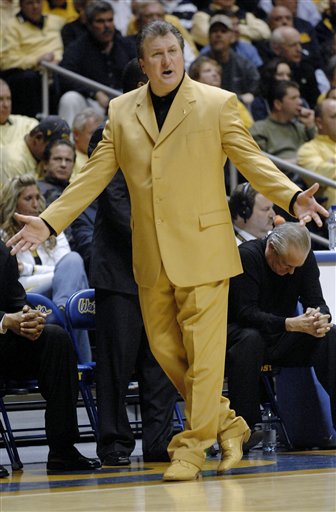ACC Mount Rushmore
Posted by KCarpenter on February 20th, 2012The men whose visages grace the face of the Mount Rushmore of the Atlantic Coast Conference were chosen based on a simple set of criteria. The faces of those who grace the mountain must belong to truly legendary individuals; men who changed the game, left a lasting legacy, or otherwise accomplished feats of greatness that remain unmatched or unequaled. The ACC is fortunate to have such a rich history of legends that there is an embarrassment of riches, and it’s difficult to choose only four. Ultimately, the four that were picked were the ones whose accomplishments stand out not just as spectacular in the conference, but in the entire sport.
- Mike Krzyzewski – Simply put, he’s the most successful men’s basketball coach alive today. He has more wins than any coach in history, four national titles, and built Duke into a perennial national power. He has the most (77) NCAA tournament wins of any coach ever and has the second most Final Four appearances ever. In the history of all of college basketball, only John Wooden and maybe Adolph Rupp can point to coaching accomplishments that come close to what Coach K has achieved. Krzyzeski is a coaching icon whose adaptability and disciplined approach makes Duke a threat to win the national championship any given year. The continued success of Krzyzewski and Duke are a credit to the ACC, and the high profile of the sport’s most famous active coach has helped to keep the national attention on the conference.
- Dean Smith – When Dean Smith retired, he had set the all-time record for wins in men’s college basketball at 879, had won two national championships, been to 11 Final Fours (second to John Wooden, tied with Krzyzewski), and won a record 65 NCAA tournament games (he now ranks second, having been surpassed by Krzyzewski). While Frank McGuire won the ACC and North Carolina’s first national title in 1957, Smith is the man who built North Carolina into a regular championship contender. Over the course of 36 years, Smith built the Tar Heel program into a national heavyweight and helped turn the conference into a serious threat to take the national title any given year. Smith won the ACC Coach of the Year award eight times, a record that still stands. As a coach, he was a pioneer of advanced statistical analysis and his use of “points per possession” came literally decades before tempo-free statistics were a part of the national conversation. Similarly, his book, “Multiple Offenses and Defenses,” is the best-selling basketball strategy book of all time. While Smith’s quantitative accomplishments and coaching record may be surpassed, his outlook and philosophy have left a much deeper mark on North Carolina, the conference, and the game itself. Read the rest of this entry »





























